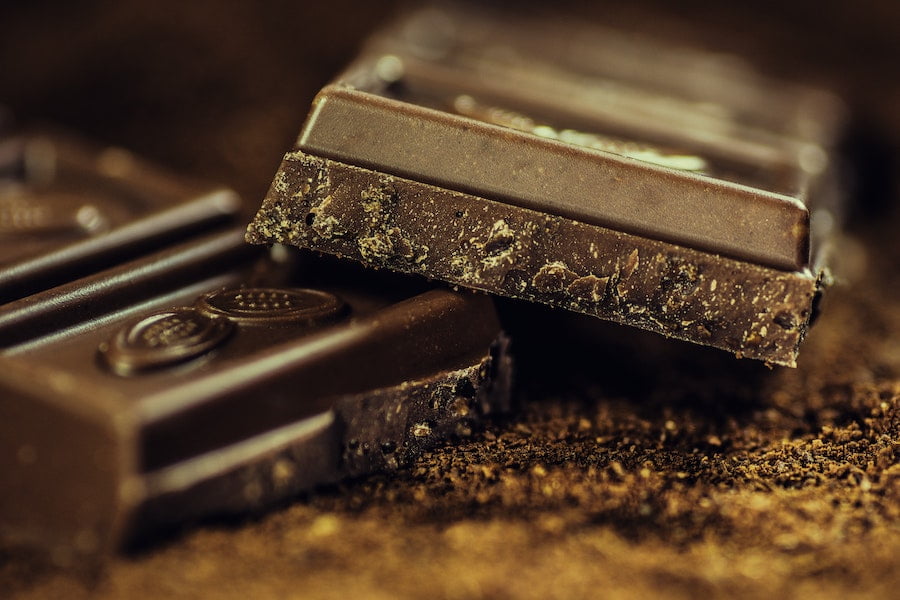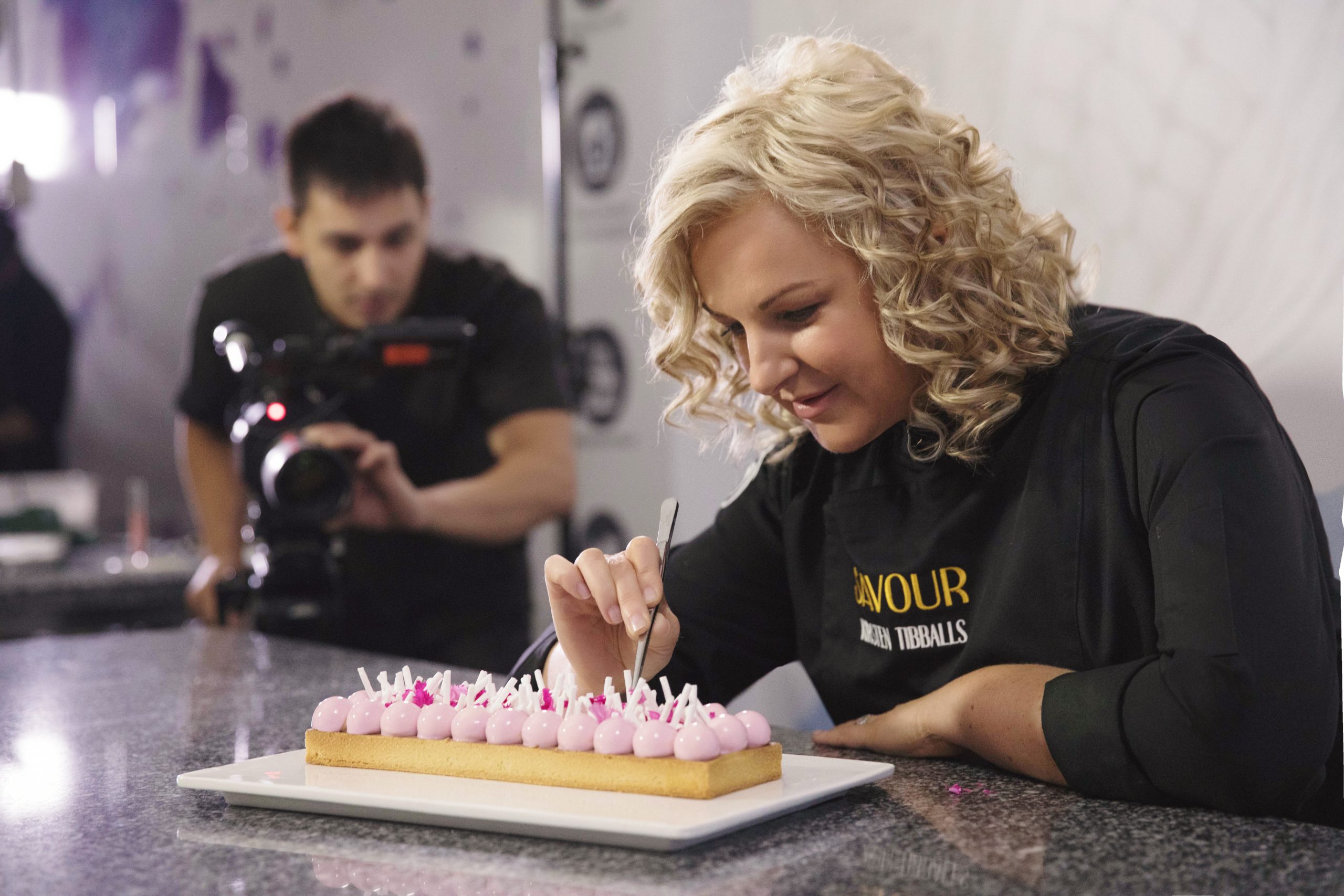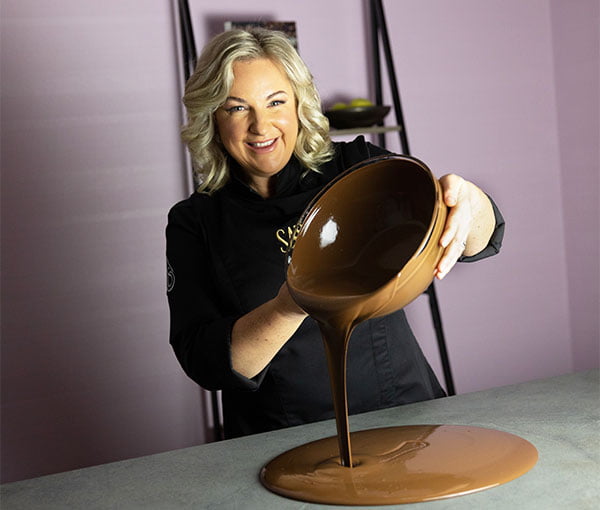Chocolate is one of the most versatile ingredients that we use today. It can be used on its own or to compliment and harmonise with other ingredients. Here is some information to enable you to make an educated choice when purchasing your next order of chocolate.
As chocolate will be in such high demand (for consumption and conversation) for the next while, it’s good to have the basics of chocolate down – specifically understanding how chocolate is made, the difference between types of chocolate and how to work with it. Not all chocolates are created equal, so it’s important to know what you’re working with, and why, when it comes to creating delectable treats, especially during Easter.
An introduction to chocolate
Firstly, it’s important to understand that differences in chocolate lie far beyond flavour; while we may have friends who favour one brand over another, or one type more than the next, it’s important to understand chocolate as an entire industry. Choosing a chocolate has further consequences than just how it tastes.
Cocoa farming has been happening for decades, and thanks to reforms, better practices and greater awareness around sustainability and ethical work conditions have improved with each decade too.
Chocolate farming
Chocolate may be highly sought after, but that doesn’t take away from the 500,000 cocoa farmers who are living in extreme poverty. Or, the 2.03million children that were found doing hazardous cocoa work in Ghana and Cote D’Ivoire by Tulane University.
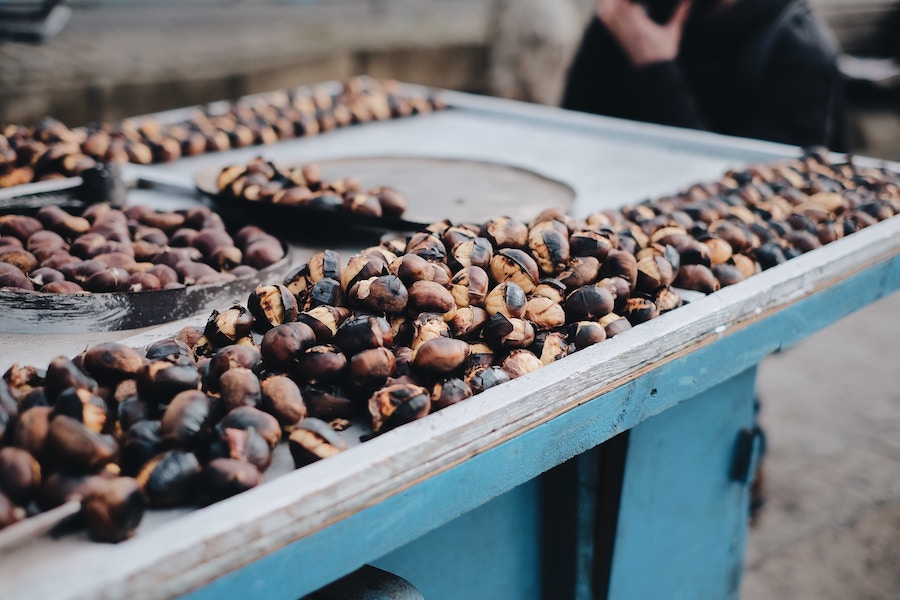
Along with concerning work conditions, the sustainability of the cocoa industry is very important. Farmers are often uneducated about better farming practices. Educating framers can enable them to achieve a better yield of cocoa and maintain soil for a longer life of cocoa bearing trees. The difference can be a maximum of 15 years where the tree will stop bearing cocoa. With a well maintained farm a farmer can get 50 years of crop from a cocoa tree. Farmers, who are working in impoverished conditions, can’t afford the resources or tools to better farm their crops. By better resourcing farmers through tools and education, their crops can prosper greatly, and their land is better cultivated to sustain further growth.
Ramifications
If we don’t make changes now in a few years we are going to find a drastic reduction in the production of cocoa which will drive chocolate prices up substantially. If farmers are not making money from cocoa, they will move to more profitable crops like rubber.
Choosing chocolate from a supplier who is committed to positive change can play a big part in the future of our chocolate. Taste, texture, finish and price are the primary concerns for most people when purchasing chocolate. I’d suggest that you also look at the greater value of what your chocolate supplier is bringing to the industry. Do some research before committing to a brand or a supplier – Callebaut, the brand that I choose to use and am an ambassador for, has an entire sustainability program dedicated to making the cocoa industry sustainable by 2020 by educating farmers.
Compound vs Couverture
There are two main types of chocolate used in Australia, compound and couverture chocolate.
Couverture chocolate is made with cocoa butter and cocoa liquor. Directly from the cocoa bean. Couverture is superior in flavour and quality. If you are using couverture on its own it needs to be tempered. If it is combined with other ingredients it doesn’t.
Compound chocolate is made with cocoa powder (instead of cocoa liquor) and hydrogenated oil (instead of cocoa butter). This makes it able to be melted and set on its own without tempering. However, the oil is usually a trans- fat, which is when manufacturers turn liquid oils, usually palm oil, into solid fats by adding hydrogen to it. Manufacturers of compound chocolate use hydrogenated and fractioned vegetable oils such as soyabean oil, rapeseed oil, coconut oil and palm oil, which contain high levels of trans fatty acids. This lifts the melting point of the fat.
Which means our bodies find it difficult to melt and process. It coats our palate and clogs our arteries. Alarmingly, some compound chocolates have been found to have trans- fat levels of up to 50%! Of course, the use of hydrogenated and fractioned vegetable oils also negatively effects the environment, as cultivating the plants and products to produce the oils uses more energy and more crops.
Compound chocolate and trans-fats are banned in many countries due to the long term health implications.
Here are some basics to know when it comes to working with chocolate:
Storing
Chocolate is best stored in a cool dry place that’s not close to any other pungent or aromatic foods.
Melting chocolate
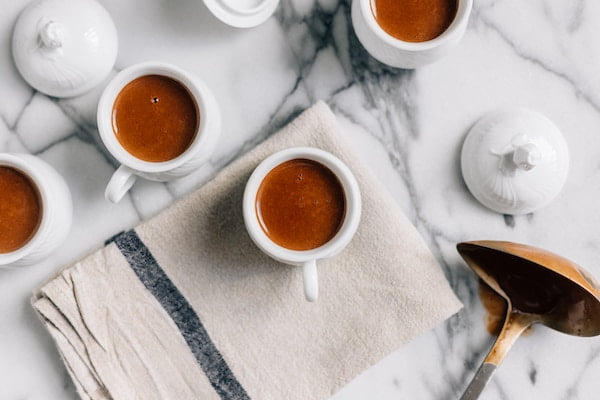
I’m a big advocate for using the microwave when melting chocolate – by heating it in 30-second increments you can monitor it and don’t have a problem with steam when melting it on the stove.
Tempering chocolate
Tempering is controlling the way we melt and set the couverture which controls the crystals present in the cocoa butter. It’s imperative to heat couverture to a point where all the crystals are melted initially, which is about 45C. From this point you can add in 20% chocolate buttons and stir it through vigorously. Do a test a piece of silicon paper if it sets at room temperature and has a clear mat finish your chocolate is tempered. For more in-depth information, you can watch our tempering video on our YouTube page @Savourschool.
Knowing when to melt and when to temper
figuring out if you should melt or temper your chocolate, it’s best to use melted chocolate when it’s being used as an ingredient. However, if the chocolate will be used as a garnish or for dipping, then temper your chocolate. And remember to only temper chocolate that has cocoa butter in it.
One of the things I love the most about chocolate is the versatility to create so many different products. Flowers, garnishes or pralines, there are so many possibilities to wow others and delight taste buds. Understanding the principles of chocolate, and the source of where your chocolate comes is of great importance.
So as you prepare your moulds, or dream up delectable Easter themed creation, I encourage you to go back to basics, and always go back to where the bean came from.







